Types Of Pasta Variations According To Region Of Origin 2024
The word Pasta is a word synonymous with Italian cuisine, a symbol of comfort food enjoyed worldwide in countless variations. But delve deeper into the culinary landscape of Italy, and you’ll discover a symphony of these regional cuisine traditions, each reflecting the unique ingredients, cooking styles, and cultural influences of its specific area.
This exploration takes you on a delicious journey through Italy, highlighting the distinct characteristics of Italian Spaghetti across the north, central, and southern regions, with a peek at the island specialities as well.
Table of Contents
Northern Italy: Where Freshness Reigns Supreme
In the northern regions of Italy, from Piedmont to Emilia-Romagna, pasta takes on a distinct character. Here, the focus is on fresh, egg-based pasta dough. Semolina flour, a coarse flour made from durum wheat, takes a backseat, allowing the delicate taste of eggs to shine through.
This results in an Italian Spaghetti with a richer flavour and a softer, more luxurious texture.
Tagliatelle al ragù (commonly known as Bolognese) is a quintessential northern Italian spaghetti dish. Wide, flat ribbons of tagliatelle, perfectly cooked al dente (with a slight bite), are bathed in a rich, slow-cooked ragù.
This ragù, traditionally made with ground beef, pancetta, vegetables, and tomatoes, is a symphony of flavours that perfectly complements the silky texture of the Spaghetti.
Lasagna, another iconic dish from northern Italy, showcases the versatility of fresh pasta dough. Layered sheets of pasta are alternated with a savoury ragù, creamy béchamel sauce, and grated Parmesan cheese, creating a visually stunning and texturally delightful dish.
Ravioli, the delicate pockets of pasta filled with savory combinations like ricotta cheese and spinach or meat ragu, are another hallmark of northern Italian cuisine. These delightful parcels are often served in a simple butter and sage sauce, allowing the flavours of the filling to take centre stage.
The influence of butter and cream in northern Italian pasta sauces is undeniable. These rich ingredients contribute to the luxurious mouthfeel and enhance the inherent qualities of the fresh egg pasta.
Central Italy: A Celebration of Simplicity and Bold Flavors
Travel south to central Italy, and the pasta landscape undergoes a transformation. Here, durum wheat takes center stage, with dried pasta dominating the culinary scene. The influence of Lazio, the region encompassing Rome, is particularly strong.
Roman cuisine is all about celebrating simple yet flavorful ingredients. This philosophy translates beautifully to their iconic pasta dishes. Carbonara, a seemingly simple combination of spaghetti, eggs, Pecorino Romano cheese, and black pepper, packs a powerful punch.
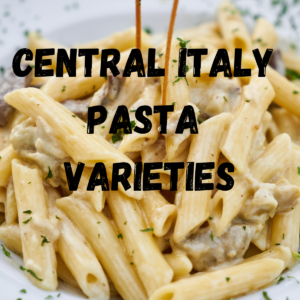
The creamy richness of the egg sauce perfectly coats the al dente pasta, while the sharp Pecorino Romano and black pepper add a delightful depth of flavour.
Amatriciana, another Roman favourite, showcases the beauty of guanciale (cured pork cheek) in a tomato-based sauce. The savoury guanciale adds a salty and umami dimension, perfectly balanced by the acidity of the tomatoes.
Cacio e Pepe, meaning “cheese and pepper” in Italian, exemplifies the Roman love for simplicity. This pasta dish features just three ingredients – spaghetti, Pecorino Romano cheese, and black pepper. The key lies in the execution. The cheese is emulsified with the pasta water to create a creamy sauce that coats the spaghetti, while the black pepper adds a touch of heat.
Southern Italy Pasta: A Celebration of Sunshine and Seafood
As you move further south, the influence of the Mediterranean Sea becomes more pronounced. Long, thin pasta shapes like spaghetti and vermicelli dominate the scene, perfectly designed to capture the delicate flavours of fresh seafood.
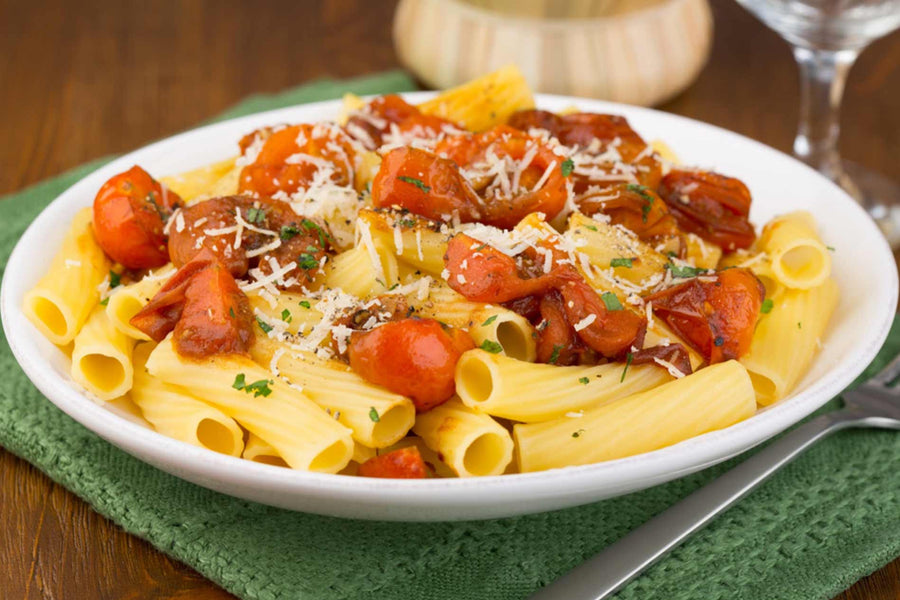
Spaghetti alle vongole (with clams) is a delightful testament to this. Simple yet bursting with flavour, the dish features spaghetti tossed in a light garlicky white wine sauce with fresh clams. The briny taste of the clams perfectly complements the mildness of the pasta, creating a refreshing and flavorful experience.
For a taste of Puglia, explore orecchiette alle cime di rapa (with broccoli rabe). This dish features small, ear-shaped pasta (orecchiette) tossed with sautéed broccoli rabe and a touch of garlic and chilli flakes. The bitterness of the broccoli rabe and the subtle heat from the chili flakes create a delightful contrast to the chewy texture of the orecchiette.
Pasta alla Norma, originating from Sicily, is a vegetarian masterpiece. Eggplant slices are fried to crispy perfection and layered with spaghetti, a simple tomato sauce, and ricotta salata cheese. The sweetness of the eggplant, the tang of the tomato sauce, and the salty richness of the ricotta salata create a symphony of flavours that is both comforting and exciting.
Island Gems: Unique Flavors from Sardinia and Sicily
Italy’s islands also boast their own unique traditions. Sardinia, known for its sheep-rearing culture, features Malloreddus, small, ridged dumplings made from semolina flour. These dumplings are often served with a rich sausage ragù or a lighter tomato-based sauce with pecorino cheese.
The ridges on the Malloreddus help the sauce cling beautifully, ensuring every bite is bursting with flavour.
Sicily, the largest island in the Mediterranean, offers its own twist on some classic dishes. While Pasta alla Norma, mentioned earlier, is a Sicilian staple, the island also boasts unique creations like Pasta con le Sarde (with sardines).
This dish features spaghetti tossed with fresh sardines, fennel, and breadcrumbs, creating a vibrant interplay of textures and flavours.
Conclusion: A Tapestry Woven with Love and Tradition
The regional variations of pasta in Italy are a testament to the country’s rich culinary heritage. Each region, shaped by its unique geography, climate, and cultural influences, has developed its own way of celebrating this versatile food. From the luxurious egg pasta of the north to the simple yet flavorful dishes of the south, every region offers a unique pasta experience.
The exploration goes beyond just the ingredients and cooking styles. It’s a journey through Italian culture, reflecting the love for fresh, seasonal produce, the joy of sharing meals with loved ones, and the importance of tradition.
As you savour a plate of this delicious cuisine, take a moment to appreciate the symphony of flavours and textures, knowing that each bite is a window into the heart and soul of a particular region in Italy. So, the next time you reach for a box of this Italian delicacy, remember – it’s not just a meal; it’s a cultural adventure waiting to be explored.
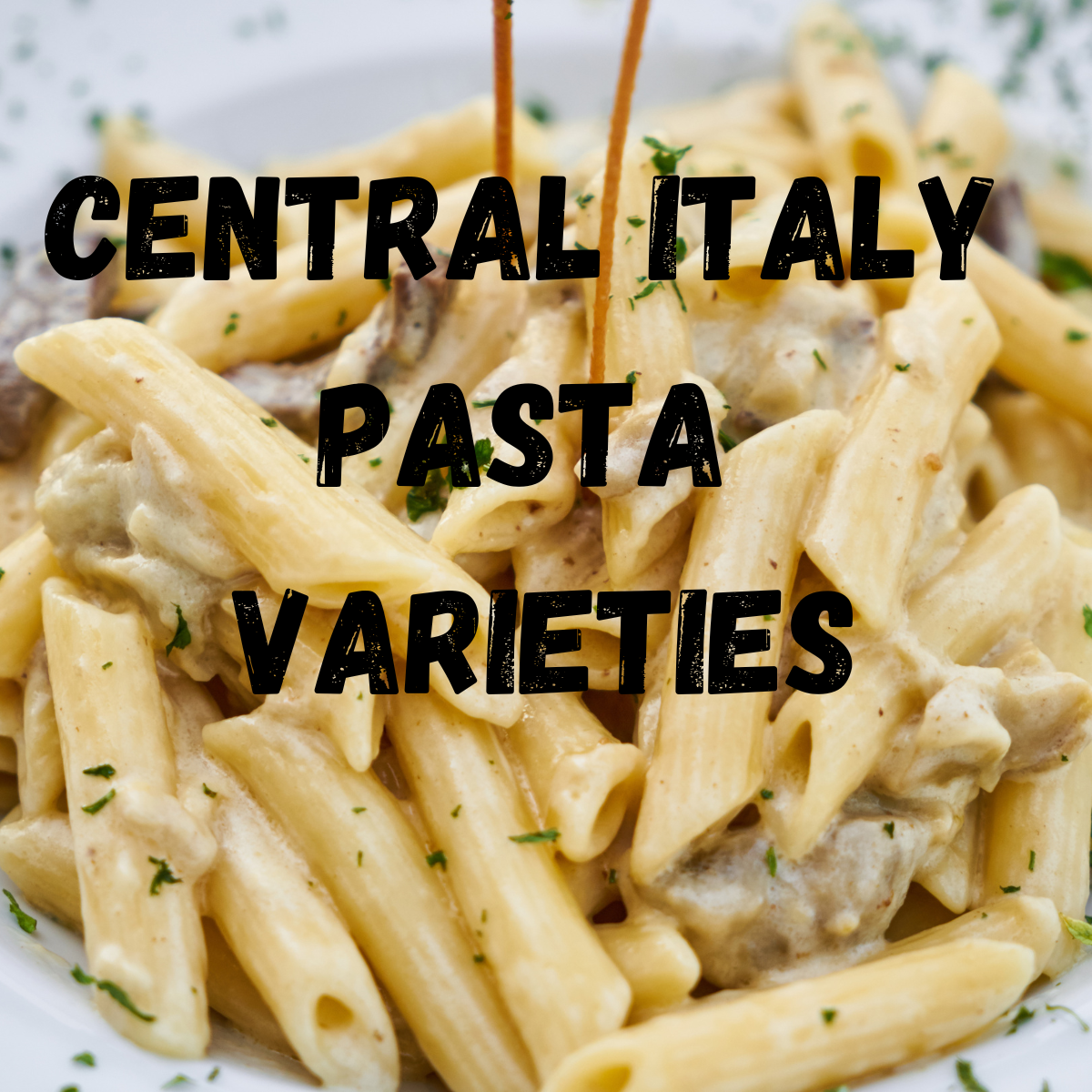


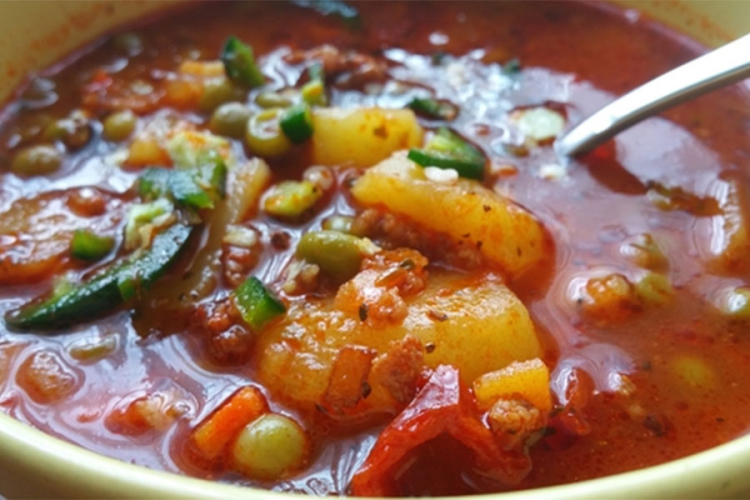

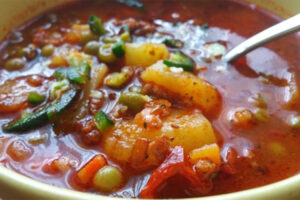


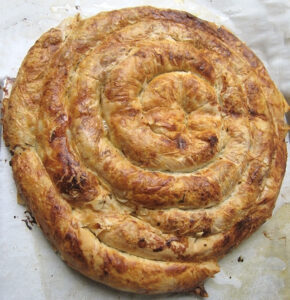



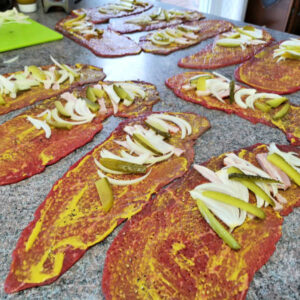

1 comment